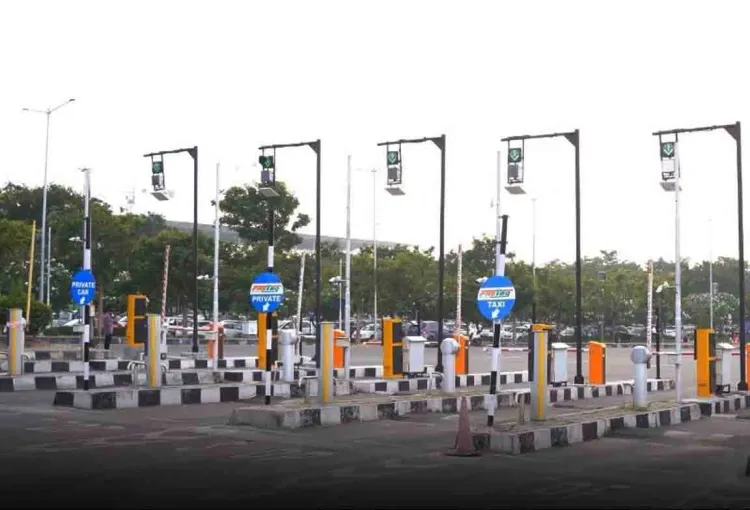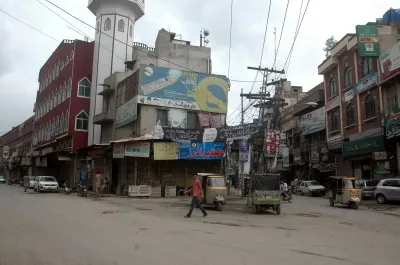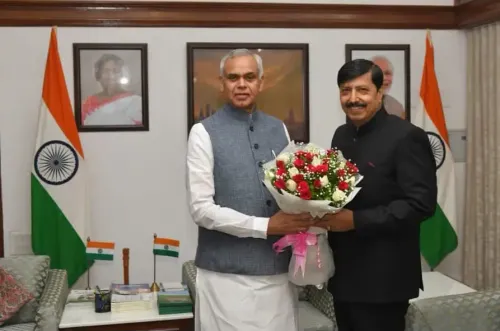Is Toll Collection Suspended on the Amritsar–Jamnagar Expressway?

Synopsis
Key Takeaways
- Toll collection suspended on a 28.71-km stretch.
- Purpose is to facilitate essential repair work.
- Part of the Bharatmala initiative aimed at enhancing connectivity.
- Expected to relieve commuters and logistics operators.
- Strategically important for international trade.
Gandhinagar, July 15 (NationPress) – The National Highways Authority of India (NHAI) has officially declared a temporary halt to toll collection on a 28.71-kilometre section of the Amritsar–Jamnagar Expressway starting today due to necessary repair work. This suspension specifically affects Package-4 of the Sanchore–Santalpur section (NH-754K), which is a crucial part of the Bharatmala project.
According to an NHAI announcement, tolls on this segment were suspended at 8 a.m. and will remain so until the current maintenance tasks are finalized.
This decision is aimed at minimizing inconvenience for drivers while essential road repairs are underway. The Sanchore–Santalpur corridor, extending approximately 125 kilometres from Rajasthan to Gujarat's Patan district, serves as a vital economic lifeline for the region.
Part of the Bharatmala initiative, the Amritsar-Jamnagar Expressway significantly enhances connectivity between northern states and eastern economic zones in India.
In addition, this project is strategically important for facilitating international trade. By improving access to major ports such as Jamnagar, Kandla, and Mundra, it seeks to optimize import-export logistics for landlocked northern states, thereby bolstering India's infrastructure-led growth.
The toll exemption is designed to provide temporary relief to commuters and logistics providers while authorities focus on long-term improvements in road safety and durability along this route. Over the past decade, Gujarat's expressway infrastructure has expanded rapidly, making it one of the most well-connected states in India.
As of 2024, Gujarat boasts more than 3,200 km of national highways and approximately 5,000 km of state highways, with expressway projects being pivotal to this network.
The Ahmedabad–Vadodara Expressway, recognized as National Expressway 1, was Gujarat's inaugural high-speed corridor, stretching 93 km and significantly cutting travel time between these key cities.
The flagship Delhi-Mumbai Expressway, a monumental 1,386 km project, traverses essential districts in Gujarat, including Bharuch and Vadodara, providing direct access to the nation's financial hub.
The under-construction Amritsar–Jamnagar Expressway (NH-754K) will extend over 1,300 km across five states, with nearly 300 km through Gujarat, linking Patan, Jamnagar, and significant industrial areas. These expressways are engineered with six to eight lanes, modern traffic control systems, grade separators, and dedicated service lanes for enhanced safety and efficiency.
Moreover, Gujarat's integration of expressways with major ports such as Mundra, Kandla, and Pipavav has fortified its multimodal logistics framework, enabling quicker movement of goods from inland industrial hubs to international markets.
In collaboration with the National Highways Authority of India (NHAI), the state government has allocated over ₹60,000 crore for highway and expressway projects in the past five years.









